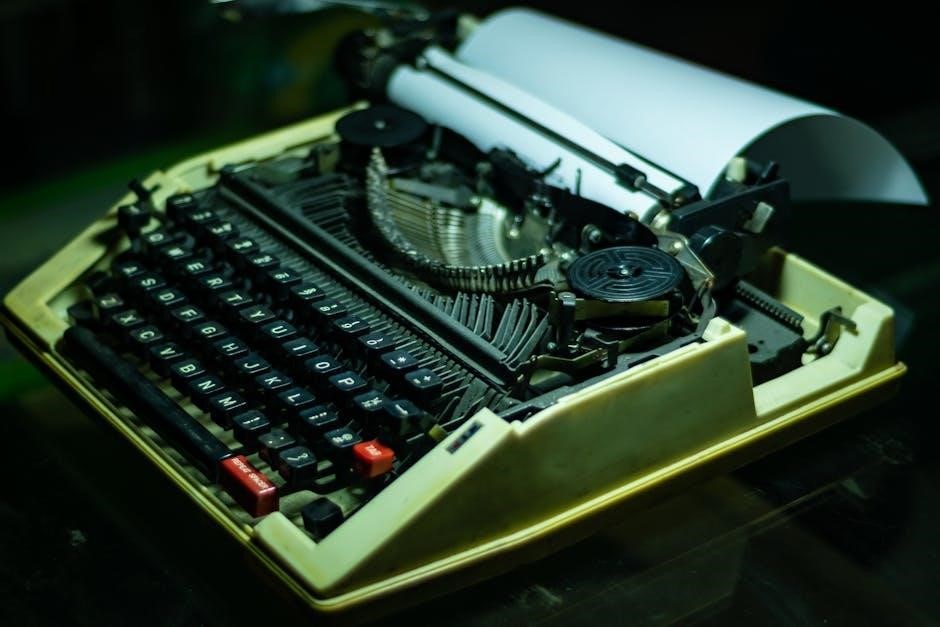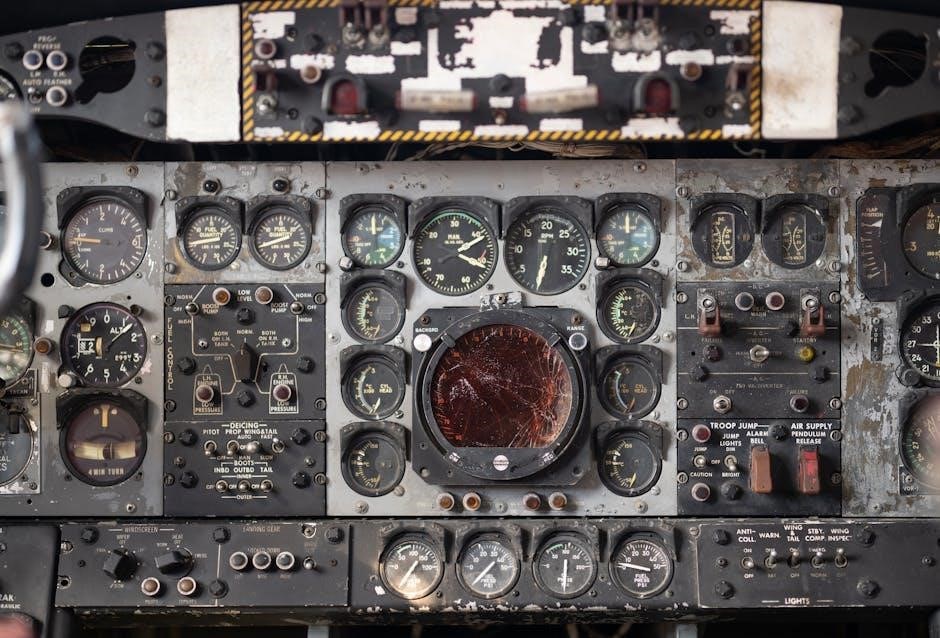Manual crossbow cocking involves using a cocking rope or windlass to pull the string back evenly, ensuring it latches securely for safe and accurate shooting.
Understanding the Basics of Crossbow Mechanics
A crossbow operates by storing energy in its string and limbs when cocked. The process involves drawing the string back using a cocking rope or windlass, which reduces the effort needed to overcome the draw weight. The string must be pulled evenly to ensure proper alignment and tension. Once cocked, the string is held in place by a latch or trigger mechanism, ready to release when fired. Proper cocking ensures consistent power and accuracy, making it essential to master this fundamental step for safe and effective use.
Importance of Proper Cocking Technique
Proper cocking technique is crucial for safety, efficiency, and consistent performance. It ensures the string is drawn evenly, storing energy effectively for accurate shots. Improper cocking can lead to misfires, inconsistent power, or even damage to the crossbow. Correct technique also prevents strain on the mechanism, extending its lifespan. Always follow recommended methods to maintain reliability and ensure optimal functionality during use.
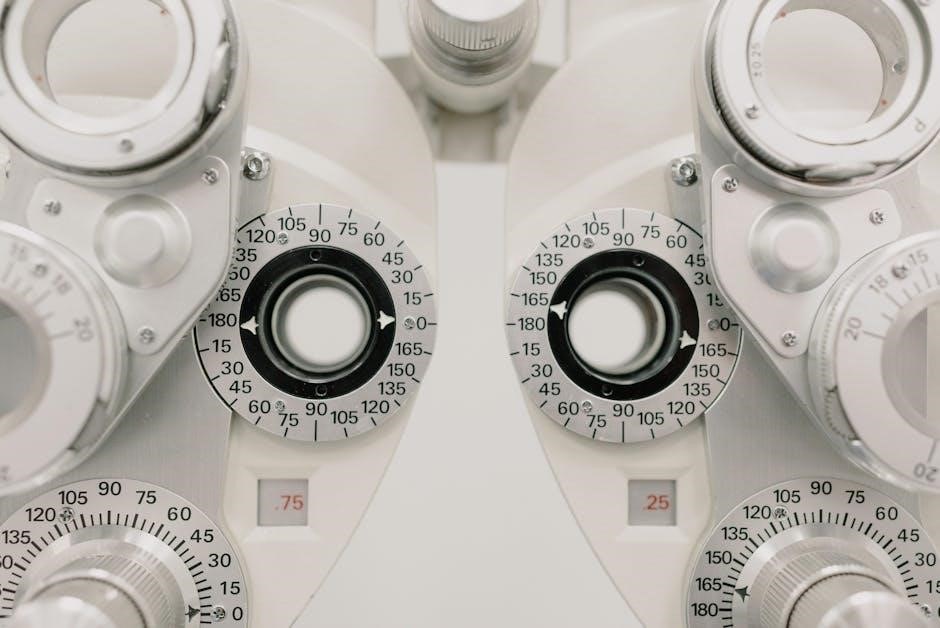
Safety Precautions Before Cocking
Ensure the crossbow is unloaded, wear protective gear, and secure your environment. Check for proper functionality and avoid distractions to prevent accidents during cocking.
Wearing Protective Gear

Protective gear is essential when manually cocking a crossbow to prevent injuries. Always wear arm guards to protect your arms from the string and limbs, which can cause serious harm if they snap or slip. Gloves improve your grip and control, reducing the risk of the crossbow slipping during the cocking process. Additionally, consider wearing eye protection to safeguard against accidental discharge or flying debris. Wearing appropriate gear ensures a safer and more controlled cocking process, allowing you to handle the crossbow with confidence and precision.
Ensuring the Crossbow is Unloaded
Before cocking, always verify the crossbow is unloaded by visually inspecting the chamber and ensuring no bolt is in place. Manually check by feeling the chamber with your hand or using a cleaning rod to confirm it’s empty. If the crossbow is already cocked, uncock it safely using the windlass or cocking rope. This step is crucial to prevent accidental discharge during the cocking process. Never attempt to cock a crossbow that still has a bolt loaded, as this poses a significant safety risk to both the user and bystanders.

Gathering Necessary Equipment
To manually cock a crossbow, essential tools include a sturdy cocking rope or windlass. Optional aids like cocking handles or levers can assist in easier string tension.

Cocking Rope or Windlass
A cocking rope is essential for manual crossbow cocking, providing leverage to pull the string back evenly. Ensure the rope is shortened to require manual pulling for proper latch engagement. For heavier crossbows, a windlass offers mechanical advantage, simplifying the process. Always use a high-quality rope or windlass designed for your crossbow’s draw weight to ensure safety and efficiency. Proper use prevents strain and ensures the string latches securely, ready for firing.
Optional Tools for Assistance
Optional tools like rope cockers or crank systems can simplify the manual cocking process. These devices reduce strain and effort, especially for crossbows with high draw weights. A rope cocker distributes force evenly, while a crank system provides mechanical advantage. Both are ideal for beginners or those who struggle with manual strength; Ensure any tool used is compatible with your crossbow model for safe and effective operation. These aids enhance accuracy and consistency, making cocking easier and more manageable for all users.

Step-by-Step Manual Cocking Process
Anchor the crossbow securely. Attach the string to the cocking mechanism. Pull back smoothly, ensuring even tension. 4.Latch the string firmly in place.
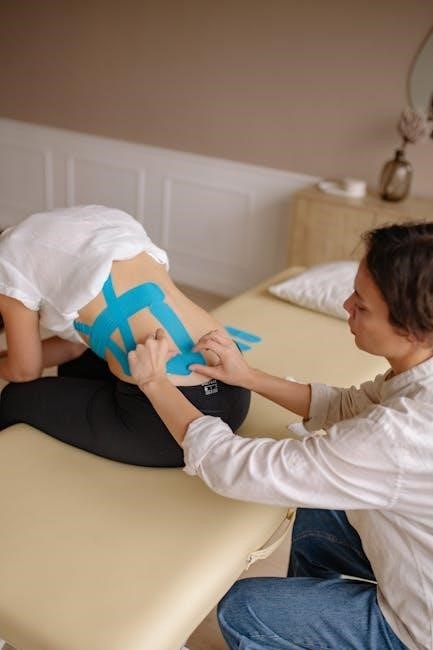
Hooking the String to the Cocking Mechanism
Begin by ensuring the cocking rope is properly shortened, requiring a slight manual pull to attach the second hook. Align the string with the track, ensuring it sits correctly in the mechanism. Hook one end of the string to the cocking device, then carefully pull back to secure the other end. Make sure the hooks are fully engaged to avoid slippage. This step requires precision to ensure even tension and proper latching. Always follow the manufacturer’s guidelines for your specific crossbow model. Proper alignment ensures smooth cocking and prevents damage.
Applying Even Pressure for Proper Tension
Gently pull the cocking rope or windlass, applying steady, even pressure to draw the string back. Keep the crossbow upright to maintain control and prevent slippage. Use your body weight to assist, leaning slightly forward for better leverage. Ensure the string aligns with the track and latches securely into place. Avoid jerky movements, as they can cause misalignment or damage. Once the string is properly seated, you’ll hear a distinct click, indicating the crossbow is fully cocked and ready for loading. Proper tension ensures accuracy and safety.

Engaging Safety Mechanisms
Always engage the safety mechanism before cocking to prevent accidental discharge. Use both hands to ensure the safety is securely locked in place.
Releasing the Safety Switch
Once the crossbow is fully cocked and the string is securely latched, carefully release the safety switch with your thumb or finger, ensuring your fingers remain away from the trigger. Always maintain control of the crossbow and ensure the arrow is properly seated before disengaging the safety. This step is critical to prevent accidental discharge and ensures the crossbow is ready for firing. Never release the safety until you are prepared to shoot, and always follow proper safety protocols to avoid injury or equipment damage.
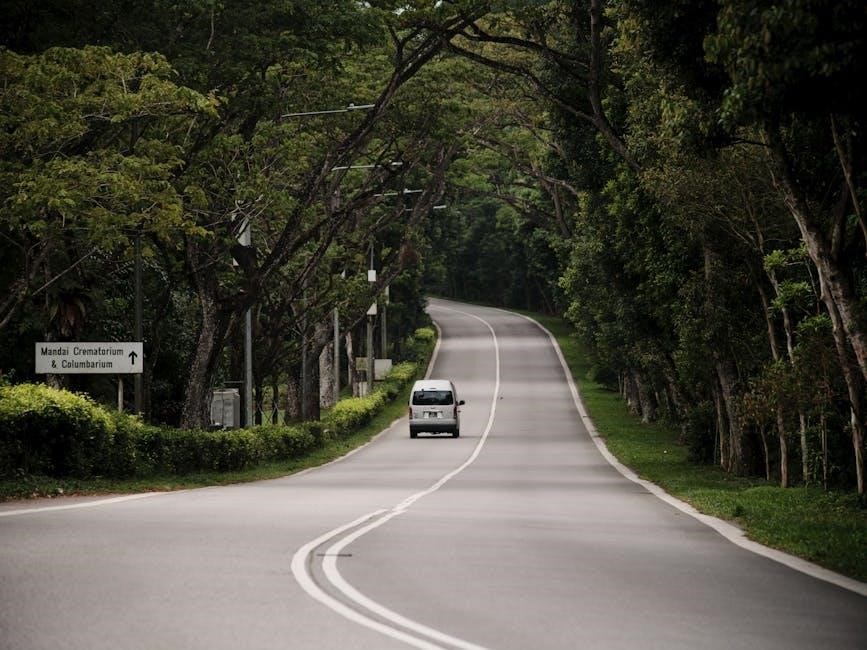
Post-Cocking Storage and Handling
Proper storage and handling after cocking ensure the crossbow remains ready for use and maintains its tension, preventing damage and ensuring safety when not in use.
Proper Storage to Maintain Tension
Store the cocked crossbow in a cool, dry place, away from direct sunlight, to preserve string integrity. Use a protective case or cover to shield it from dust and moisture. Avoid leaving the crossbow cocked for extended periods, as this can cause string wear. If not in use, uncock it by carefully releasing the tension. Regularly inspect the string and limbs for damage. Proper storage ensures the crossbow remains ready for use while maintaining its performance and safety features over time.
Uncocking Safely if Not in Use
To uncock a crossbow safely, ensure the safety mechanism is engaged to prevent accidental firing. Use a cocking rope or windlass to gradually release tension from the string. Control the release to avoid sudden movements that could cause damage or injury. Inspect the limbs and string for any signs of wear or damage after uncocking. Always store the crossbow unloaded in a dry, secure location to maintain its condition and ensure readiness for future use; Proper uncocking preserves the crossbow’s performance and longevity.
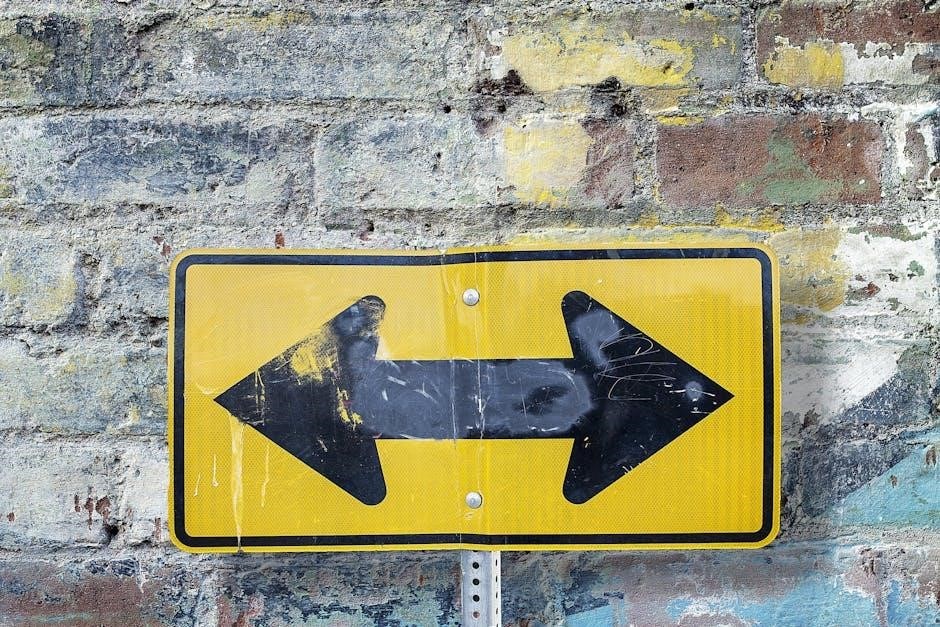
Additional Tips for Beginners
Start with lower draw weights to build strength and confidence. Regularly inspect and maintain your crossbow to ensure optimal performance and safety.
Practicing with a Trained Professional
Working with a trained professional is essential for mastering manual crossbow cocking. They provide personalized feedback, ensuring proper technique and safety. A professional can help you understand the mechanics of your crossbow, demonstrate correct cocking methods, and address any bad habits early on. This hands-on guidance not only improves your skills but also builds confidence. Many archery shops offer lessons, making it easier to find a knowledgeable instructor. Investing time with a professional will enhance your accuracy, safety, and overall crossbow handling proficiency.
Avoiding Common Mistakes
Common mistakes while manually cocking a crossbow include improper string alignment, uneven pressure, and neglecting to ensure the string latches securely. Over-relying on tools like cocking ropes without proper technique can lead to inconsistent tension. Ensure the bow is unloaded before cocking and avoid rushing the process. Always double-check that the safety mechanism is engaged after cocking. Ignoring these steps can result in accidental discharge or damage to the crossbow. Proper training and patience are key to mastering the technique safely and effectively.


